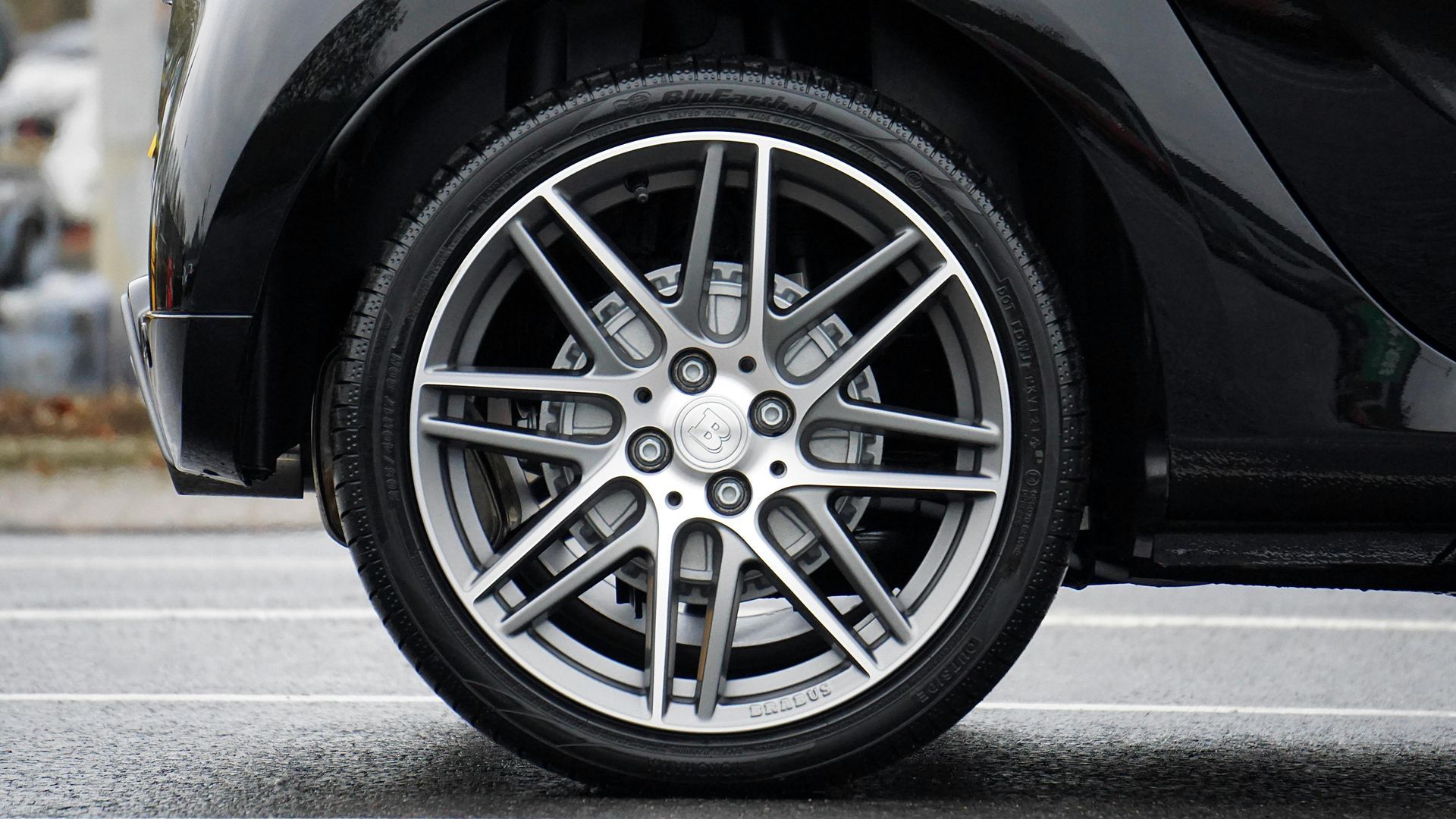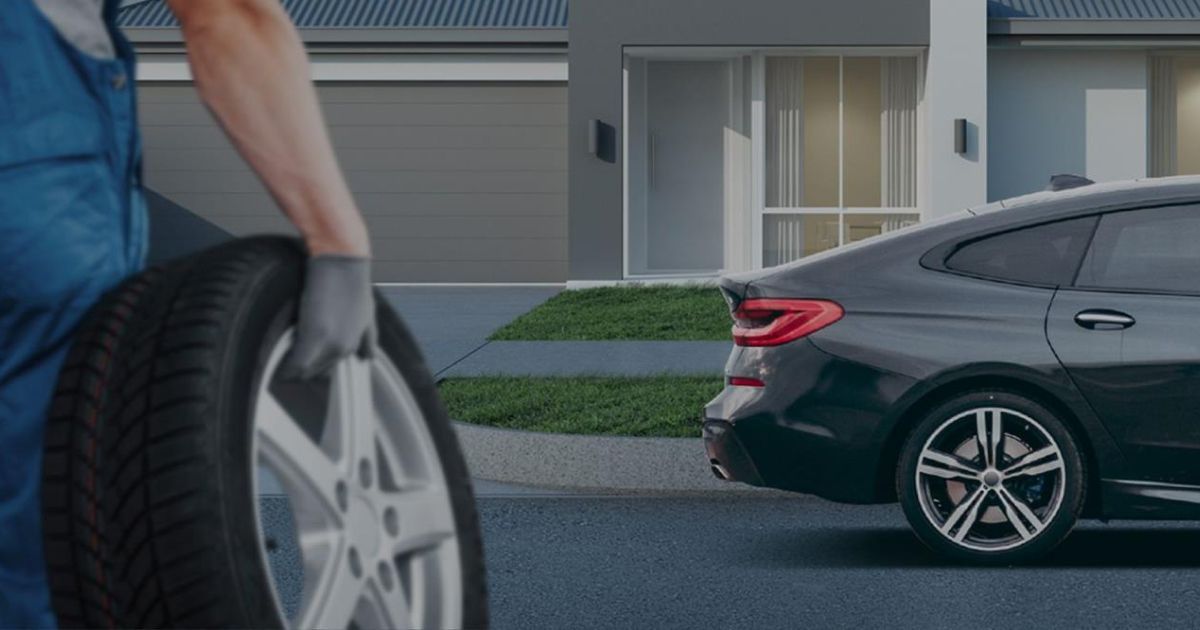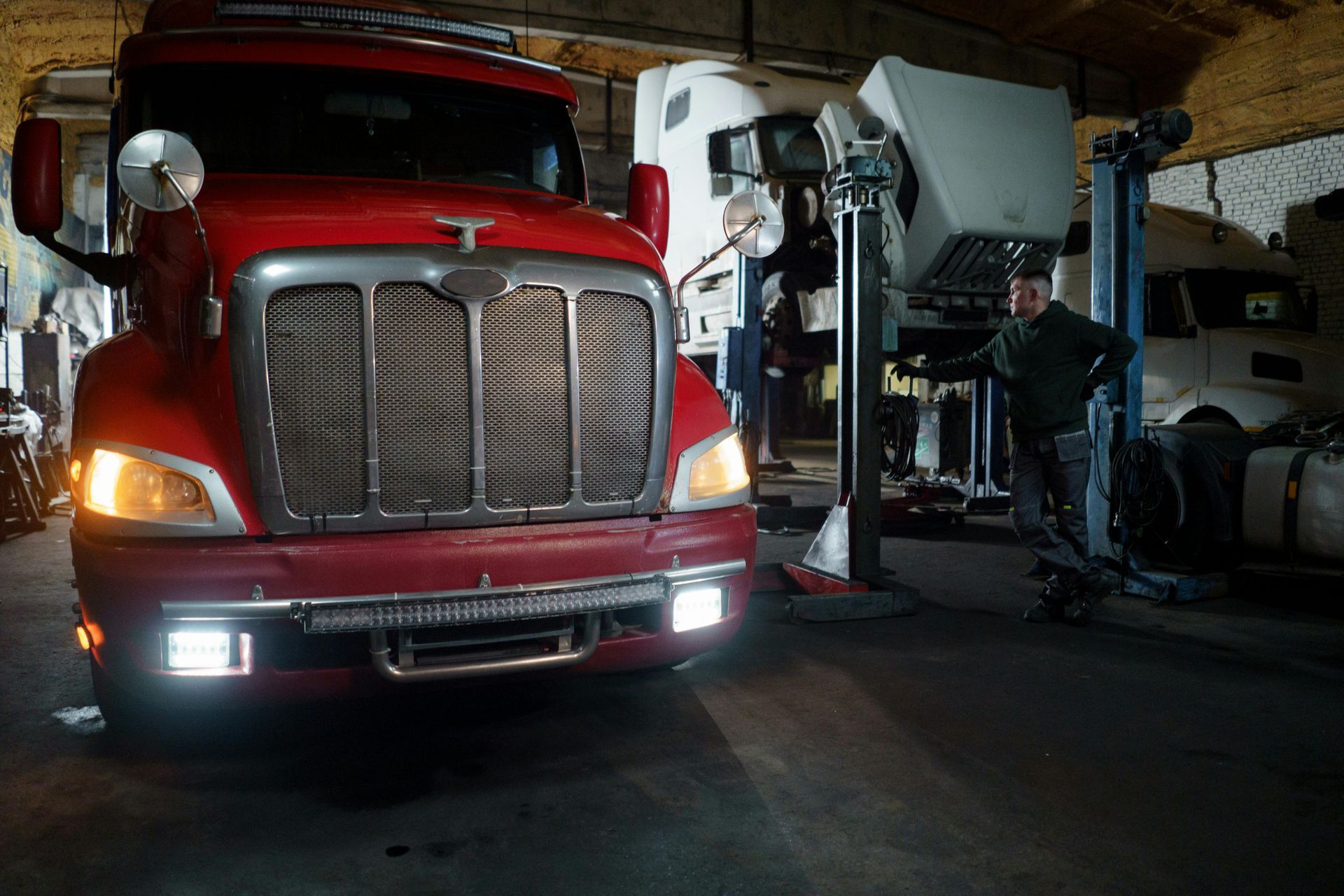Getting a flat tire can be really stressful, even more so when it happens far from home. Whether you're driving on the highway or parked in a distant lot, a flat tire can leave you feeling stranded. You might not know what to do next.
Knowing how to handle a flat tire is key for your safety and getting back on the road fast. This article will give you important tips and safety measures for dealing with a flat tire. It will help you handle this common roadside problem.
Being ready with the right knowledge and tools can make a big difference. It can help you get back to your journey with little disruption.
Key Takeaways
- Understand the basics of flat tire assistance and how to access it.
- Learn essential tire changing tips for a safe and successful experience.
- Discover the importance of flat tire safety precautions to prevent further issues.
- Find out how to prepare for a flat tire before it happens.
- Know what to do after changing a flat tire to ensure your vehicle is safe to drive.
Safety First: Immediate Steps When You Have a Flat Tire
When you find out you have a flat tire, your first step is to stay safe. If you're driving, act calmly and follow the right steps to avoid danger.
Don't slam on the brakes
It's natural to want to stop fast when you get a flat tire. But slamming on the brakes can make your car skid or lose control. This could lead to an accident. So, instead, slow down by easing off the gas pedal and keep a firm hold on the steering wheel.
- Let off the gas and keep the wheel steady.
- Turn on your hazard lights to alert other drivers.
- Steer your vehicle to a safe location, away from traffic.
- Avoid driving far on a flat tire to prevent further damage.
If you're stuck with a flat tire, getting roadside help is a big relief. Many services are ready to help you get back on the road safely and quickly.
What to do if you have a flat tire away from home?
When a flat tire happens far from home, having a plan can make things better. First, make sure you're safe.
If you see a flat tire while parked, look at the tire for damage. Check the sidewalls, tread, and for any objects that might have caused it.
Contact a local mobile tire repair service if it is available. Expert services are key in preventing further damage and fixing your tire.
Inspecting the Tire and Initial Actions
Looking at the tire helps you decide what to do next. If it's too damaged, use a spare tire or call for help.
- Check if you have a spare tire and if it's in good shape.
- Think about using a tire inflator if the tire is not flat.
- If you're not sure about changing the tire, call for roadside help.
A flat tire emergency kit in your car is very useful. It should have a spare tire, tire levers, and a car jack.
Using a Spare Tire or Tire Inflator
If you choose to use a spare tire, follow your car's instructions. Make sure you're in a safe spot, away from cars.
A tire inflator can help if the tire is not flat. But remember, it's only a temporary fix. You should get the tire fixed or replaced soon.
Following the flat tire repair steps carefully keeps you safe. If you're not sure about anything, get professional help.
Being ready and knowing what to do makes handling a flat tire away from home easier.
Conclusion: Being Prepared for Future Flat Tire Emergencies
Being ready is essential for dealing with a flat tire safely and quickly. Make sure you have a spare tire, jack, lug wrench, tire inflator, flashlight, and reflective triangles in your car. These items can greatly help when you get a flat tire.
Having a flat tire emergency kit in your car means you're set for repairs and changes. It's also important to know how to stay safe when you can't get help right away.
If you get a flat tire, staying calm and following the right steps is key. With the right preparation and knowledge, you can quickly fix the issue and get moving again.
Contact LugWrench Heroes today for professional tire services and inspections in the Phoenix area!














